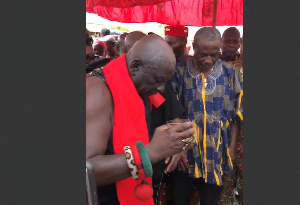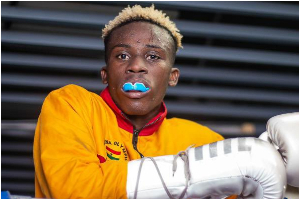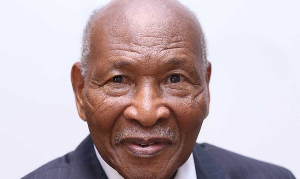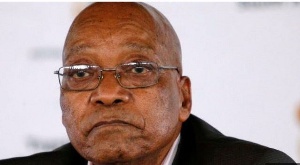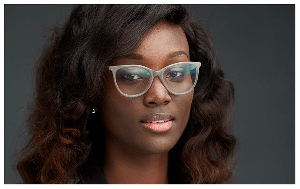Opinions of Thursday, 3 August 2023
Columnist: McKenzie Days
My Trip to Nkyinkyim Museum; the uplift of cultural art in slavery dialogue
Upon the rainy weekend, I was privileged to visit a small town outside of Accra called Ada.
Ada consists of long, coconut tree-lined beaches and flat grassland. It is known for its beautiful coastline and abundant animals along the shore.
In Ada, we visited one of Ghana’s most significant outdoor museums: the Nkyinkyim Museum. The name is derived from the Adinkra symbol Nkyinkyim. This means “twisted.”
The Nkyinkyim Museum is particularly significant for its uplift of Africanism and African Heritage in both contemporary and historical settings. For example, there is an exhibit on the Slave Trade, as well as George Floyd. The museum acknowledges the connections between these contexts and, therefore, recognises the eternal plight of Black communities abroad.
In addition, the method in which Nkyinkyim affirms and validates the experiences of the enslaved is very distinctive. Through the detailed countenances of the sculpted slave heads, the Slave Trade exhibit captures the agony of the enslaved in all its shapes and sizes: shock, fear, repulsion and exasperation.
After visiting Nkyinkyim Museum this weekend, I felt the full weight of these various sites and cultural artifacts left behind from the Transatlantic Slave Trade. I realised that, although these cultural pieces were interesting and elevated Black creativity, Ghana and America are inextricably defined by Slavery; they both feature an abundance of these cultural sites.
Correspondingly, I began to wonder why the Slave Castles are the most popular cultural destination for scholars despite the diversity of these sites. Personally, I believe that Nkyinkyim Museum is integral for embracing the full weight of the Transatlantic Slave Trade.
In Elmina Castle, one may become tormented by their imagination in regard to the treatment of the enslaved. However, for Nkyinkyim Museum, one sees the detailed visual reminders of the individual injustices, torture and mistreatment of slaves that echo the collective anguish of the Black community.
Overall, for one to fully comprehend and grasp the full extent of Slavery, I encourage the average tourist to explore the many sites that Ghana has to offer in addition to the castles. There should be more representation of cultural art within the international dialogue of the Transatlantic Slave Trade and Africanism.



